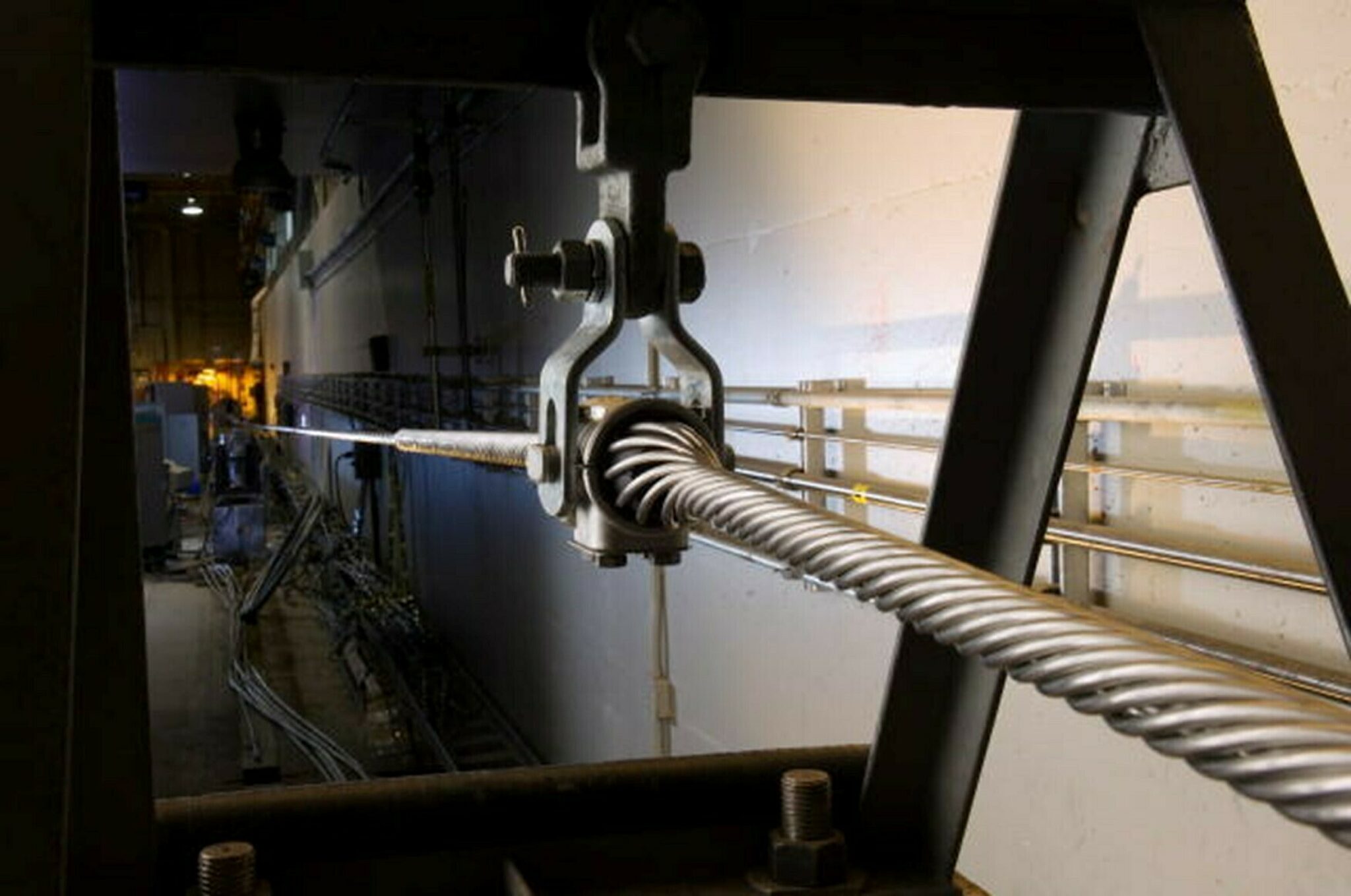Advanced fibre testing equipment identifies defects and maintains fibre integrity.
Advanced fibre testing equipment identifies defects and maintains fibre integrity.
Blog Article
The Function of Optical Fibre Screening in Ensuring High Quality and Efficiency in Connectivity Solutions
In today's rapidly developing digital landscape, the value of optical fibre testing can not be overstated, as it serves as a foundation for making certain the high quality and performance of connection services. As technology proceeds to breakthrough, the future of optical fibre screening presents interesting difficulties and possibilities that merit closer examination.
Significance of Optical Fibre Testing
The significance of optical fiber screening can not be overemphasized in ensuring the stability and efficiency of communication networks. As the backbone of contemporary telecommunications, optical fibres help with high-speed data transmission, making their dependability important to functional success. Checking works as a positive measure to identify possible problems such as signal loss, depletion, and physical damage, which can compromise network performance.
Routine screening enables the verification of installment high quality and the discovery of issues that could influence information stability - optical fibre diameter analyser. By utilizing rigorous testing methods, network drivers can minimize the dangers connected with network failures, including downtime and financial losses. Optical fibre testing makes certain compliance with industry requirements and policies, improving the overall quality of solution offered to end-users.
Inevitably, the methodical assessment of optical fibers adds to the longevity and efficiency of interaction systems. It enables stakeholders to make enlightened decisions relating to upkeep, upgrades, and troubleshooting. In a landscape where information is increasingly important, prioritizing optical fiber testing is important to maintaining robust and efficient connectivity options, therefore supporting the needs of modern digital settings.
Kinds Of Optical Fiber Examinations
Numerous testing methods are employed to make sure the functionality and dependability of optical fibers within interaction networks. These examinations can be extensively categorized into 2 primary kinds: installation examinations and maintenance tests.
Setup tests are carried out quickly after the setup of optical fiber cables to verify their performance and honesty - optical fibre testing equipment. The most common installation tests consist of Optical Time-Domain Reflectometry (OTDR) tests, which assess the high quality of the fibre by recognizing mistakes or breaks, and end-to-end loss examinations, which gauge the overall optical loss from one end of the fibre to the other
Maintenance tests, on the various other hand, are performed regularly to make sure continuous performance and find prospective issues with time. These include aesthetic assessment, which checks for physical problems or inappropriate installations, and continuity tests, which validate that the signal can travel through the fibre without disruption.
Furthermore, advanced examinations such as Polarization Mode Dispersion (PMD) and Chromatic Diffusion (CD) examinations can be carried out to assess the fibre's performance under different conditions. By employing these diverse screening techniques, service technicians can keep high criteria of top quality and reliability in optical fibre networks.
Advantages of Routine Checking
Routine screening of optical fibres plays a vital duty in preserving the general performance and reliability of communication networks. By carrying out normal evaluations, organizations can ensure that their fiber optic setups meet sector requirements and run effectively. This positive technique aids to recognize possible weak points and deterioration gradually, enabling timely interventions before concerns escalate.

Cost-effectiveness is an additional benefit. By dealing with small problems early, organizations can stay clear of the high website here prices connected with major repair services or system failures. Normal testing additionally promotes compliance with governing requirements, ensuring that the network complies with required safety and security and efficiency criteria.
Usual Issues Determined
Identifying usual issues in optical fibre networks is important for maintaining optimum efficiency and integrity. Different variables can add to disruptions, including physical damages, inadequate installation methods, and ecological influences.
Physical damage, such as bends, breaks, or abrasions, can substantially degrade signal high quality. Improper installment techniques, including extreme tension or inadequate protecting of cords, might cause boosted depletion and loss of connectivity. Furthermore, environmental variables such as temperature level fluctuations, wetness access, and rodent disturbance can jeopardize the stability of the fiber.
Adapter issues likewise regularly occur, with inappropriate alignment or contamination leading to enhanced insertion loss. Additionally, splicing errors can introduce significant signal destruction otherwise carried out with precision.

Attending to these click here for more info common concerns with routine optical fiber screening not just enhances network reliability but likewise maximizes general performance, guaranteeing that connection remedies stay robust and efficient.
Future Fads in Testing
As the need for high-speed connectivity remains to rise, the future of optical fibre testing will increasingly concentrate on automation and progressed analytics. The integration of man-made knowledge (AI) and artificial intelligence (ML) in screening processes will enable extra efficient information evaluation and predictive maintenance, minimizing downtime and enhancing overall network integrity. Automated testing options will improve the inspection and certification of fiber networks, lessening human error and increasing screening throughput.
An additional considerable trend is the fostering of remote screening innovations. As the release of fibre networks broadens into remote optical fibre testing equipment and underserved locations, remote testing capabilities will certainly permit specialists to monitor and detect network problems without physical visibility, thereby reducing functional costs and improving action times.
Furthermore, there will be a change towards more thorough screening standards that encompass not just standard loss dimensions however also performance metrics such as latency and bandwidth application. This alternative approach will assist in better network monitoring and optimization methods.
As these fads progress, the optical fiber testing landscape will certainly not only boost the high quality and performance of connection solutions but also sustain the growing complexities of modern interaction networks.
Conclusion
In final thought, optical fibre screening offers as a basic component in keeping the honesty and performance of interaction networks. The recurring dedication to regular testing not only improves data transmission however additionally straightens with industry standards, fostering reliability in network frameworks.
Report this page